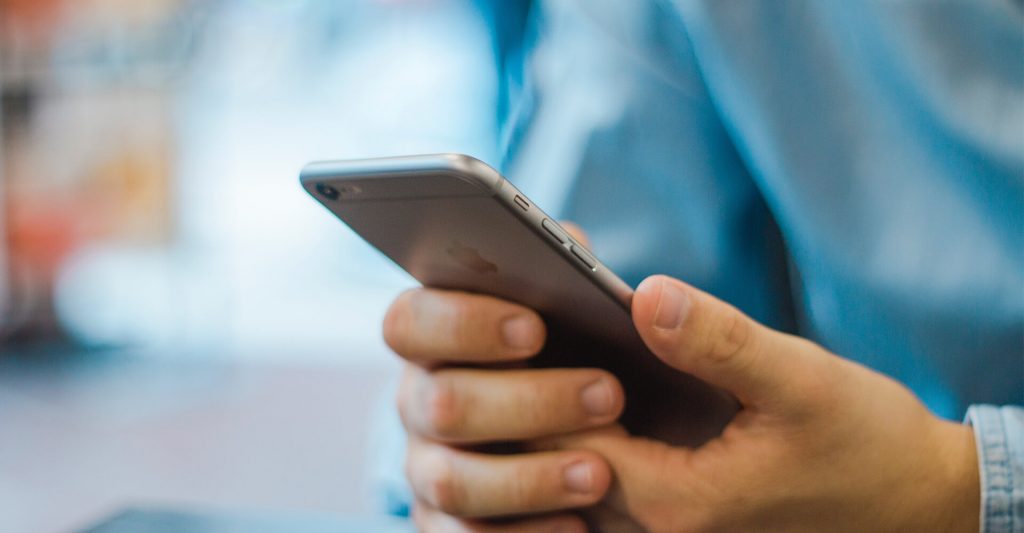The Philippines recently claimed the top spot in the list of the ‘Best Countries to Invest In’ released by the US News & World Report this 2018. Thanks to the steady inflow of foreign direct investments (FDI) to the country, the country won the top spot despite the overall decline in the Southeast Asian region last year. Along with this, the latest Consumer Finance Survey (CFS) conducted by Bangko Sentral ng Pilipinas (BSP) projected a significant increase in the country’s labor force over the next 10 years, benefiting from a relatively large number of young adults compared to the population reaching retirement age.
While these are key indicators of the country’s rapid economic growth, the survey also garnered a rather contradicting statistic – a stark majority of Filipino households or 86% is unbanked. More specifically, according to the latest data on financial inclusion from the World Bank, around 65.5% of Filipinos 15 years old and above currently do not have a formal bank account.
Most people residing outside the National Capital Region still have limited to no access to banking and financial services due to several factors. The foremost reason for not having a deposit account is the lack of funds, noting the expensive service fees and high maintaining balance required to keep an account. Most of the unbanked population are either self-employed or working in the informal sector, wherein earnings are most likely given in hard cash rather than wired through formal channels.
In addition, these people no longer acknowledge the need for a savings account because their salaries are all spent on their day-to-day needs. In remote rural areas, the nearest bank branch is usually located miles away in the city or town center, and the distance would only make it more difficult to retrieve their money in case of emergencies.
Opportunely, the presence of an advanced mobile market and a high level of interest in technological advancement make the Philippines highly adaptive to innovative solutions that will potentially expand financial services to the unbanked population and beyond.
Digitally-Active Population
As revealed by We Are Social and Hootsuite in their “Digital in 2018” report of social media and digital trends worldwide, more than half of the Philippines’ population is now online; with 67 million Filipinos (63%) having access to the internet, all of which are active on social media, primarily Facebook. From this count, 62 million (59%) use mobile social networking applications, whereas 61 million (58%) currently own a mobile gadget. Based on these numbers, it is highly likely that an unbanked person would own a cellphone, have access to the internet, and avail of many different services available.
Aside from messaging and social media, mobile devices now support e-commerce activities, wherein a total of 33.81 million people were able to purchase goods from online stores, among which 25% of the population were able to make an online purchase just using their smartphones. In just a year, the total revenue garnered from the e-commerce market has reached 1.237 billion USD. This is a remarkable feat due to the fact that only 3% of the population has a credit card which is one of the ways to make online payments.
Open-Minded Attitude towards Digital Inclusion
Filipinos generally have a positive outlook on the role of technology in their daily lives. Out of the population of internet users in the Philippines, 74% believe that new technologies offer more opportunities than risks, and 64% prefer to complete tasks digitally whenever possible. They are more likely to embrace new technologies that make use of available resources and target pain points in the current system. This is the reason why online shopping sites, electronic payment systems, and transport network vehicle services are now booming businesses in the Philippines.
Based on these stats, the potential for using blockchain-based mobile wallets like PearlPay stands a good chance for adoption since it provides people with more options to facilitate fast and secure payments without having to go to the bank or transacting through other costly formal channels.
In sum, the Philippines’ youthful, mobile-literate population and financially-attractive economy create a perfect environment to develop innovative solutions aiming to spread equal opportunities for growth and inclusion for all Filipinos in every region. With PearlPay, the Philippines is looking at a future not only as of the “texting and social media capital of the world” but soon to be the “mobile payment capital of the world.”
